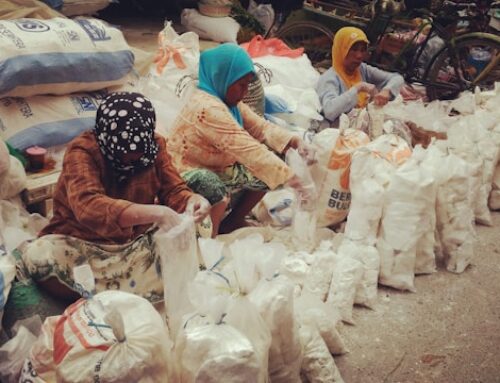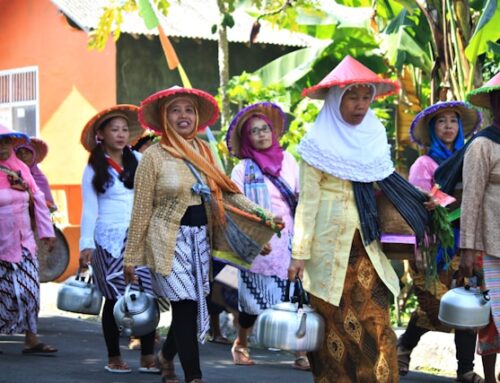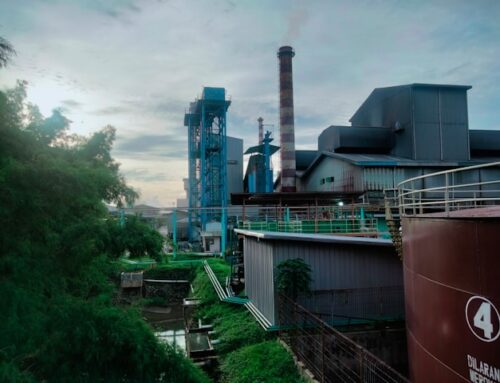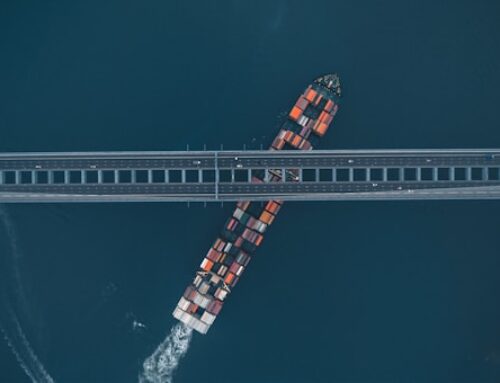A growing young population and limited physical access to education facilities contribute to the lack of education in developing countries. Large geographic developing countries may like to find another prescription addition to building new schools due to budget limitations. This paper simulates school integration, an alternative to new school constructions, to improve access to education and reduce economic inequality in Indonesia using Geographic Information System (GIS), Micro Simulation, and Computable General Equilibrium (CGE) Analysis. To do so, we utilized national representatives’ survey data and school location from various sources. This study suggests school integration led to a substantial reduction in the distance to schools, operational school cost-saving, improving educational attainment, and stimulating economic growth in the long run. Papua and other underdeveloped areas would receive more considerable benefits. These results suggest school integration could be potential alternatives addition to new school constructions.
Speaker: Bondi Arifin (Badan Kebijakan Fiskal, Kementerian Keuangan)
Kamis, 8 Juli jam 10.00-11.30am WIB
Participate on Zoom (registration required): bit.ly/fkp8july
Follow on YouTube bit.ly/fkp-live
Photo by Nuril Ahsan on Unsplash
Slides and video for past seminars:





